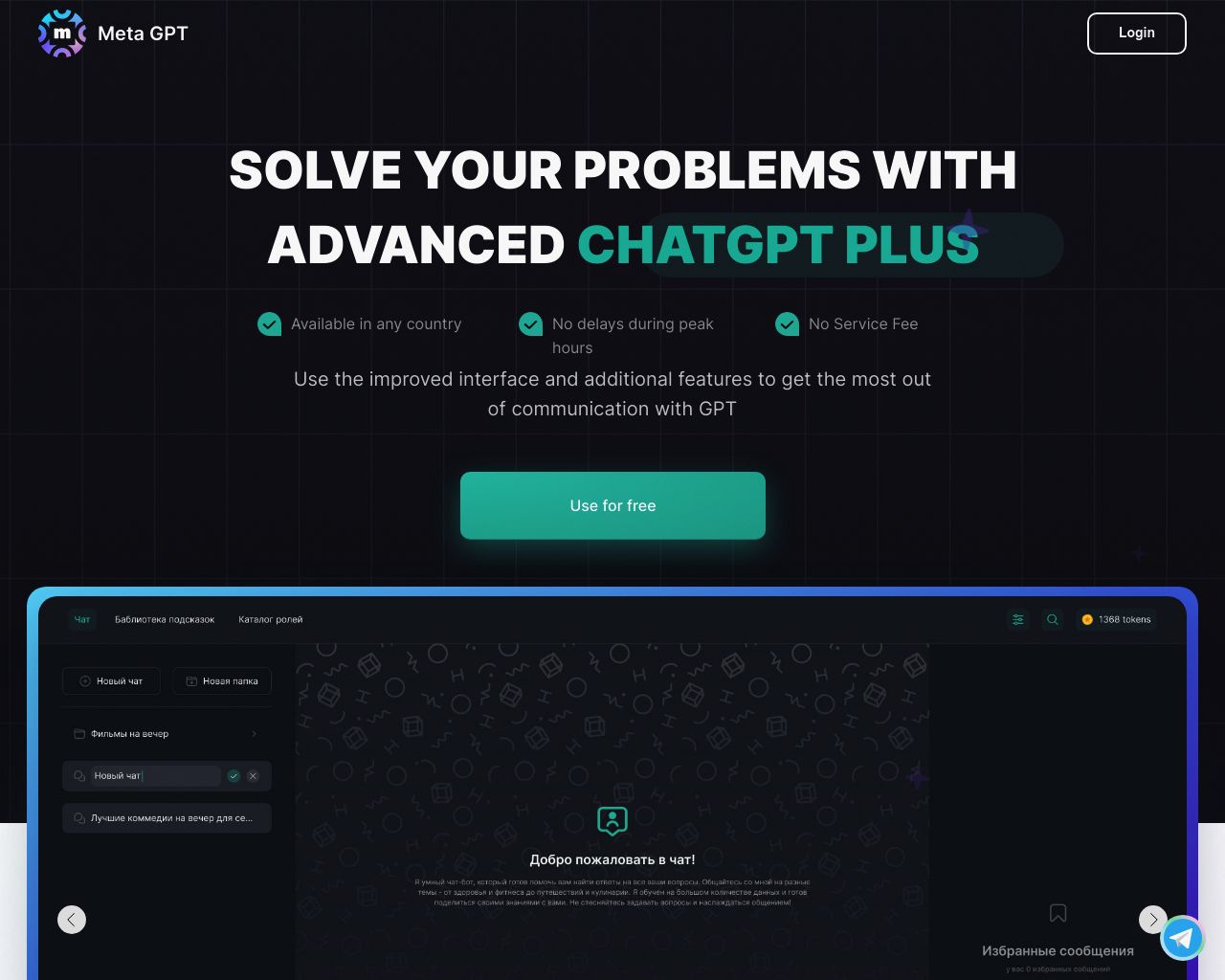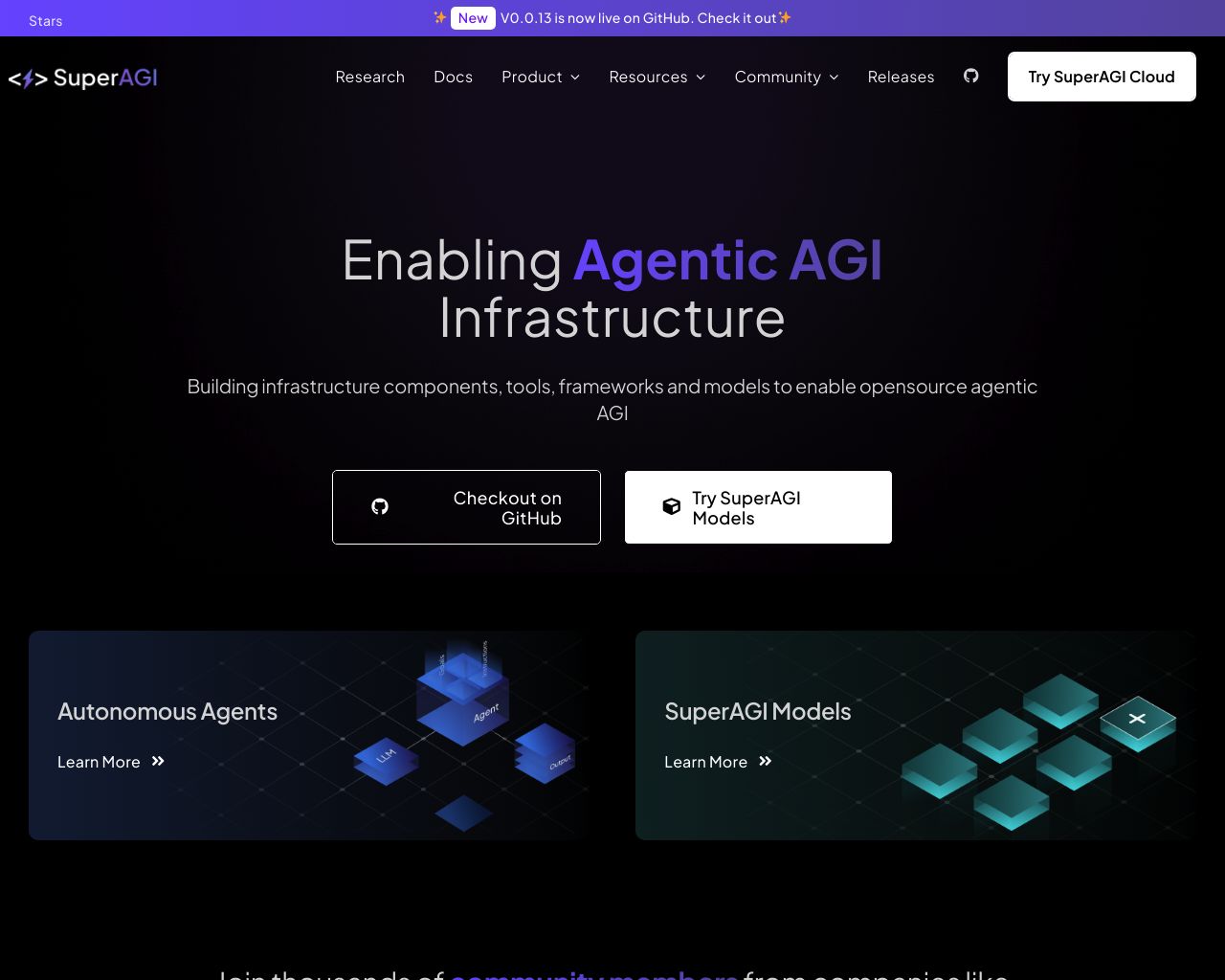MetaGPT vs SuperAGI: A Deep Dive into the AI Titans
AI agent development platforms revolutionize software creation and task automation. MetaGPT and SuperAGI offer unique approaches to this challenge, each with distinct strengths and limitations. MetaGPT simulates software development team structures, breaking complex projects into manageable tasks for specialized AI agents.
SuperAGI provides a flexible framework for building autonomous agents across various domains, featuring a user-friendly interface and extensive integrations. This comparison explores their core features, security measures, and overall effectiveness, helping developers, business leaders, and AI enthusiasts choose the right tool for their needs. We’ll also introduce SmythOS, a powerful alternative that combines ease of use with advanced capabilities, potentially surpassing both in versatility and accessibility.
MetaGPT Overview
MetaGPT revolutionizes multi-agent AI collaboration by simulating a software development team structure. This open-source framework assigns specialized roles to AI agents, mirroring human workflows in software engineering projects. MetaGPT’s core philosophy, “Code = SOP(Team),” integrates human-like Standard Operating Procedures (SOPs) into AI processes, enhancing consistency and reliability in complex task execution.


The platform excels in breaking down complex tasks into manageable subtasks, each handled by a specialized agent. This approach mirrors real-world software development teams, with roles like product managers, architects, and quality assurance testers. MetaGPT generates comprehensive documentation throughout the development process, including requirement documents, design artifacts, and interface specifications, facilitating better human-AI collaboration and improving the success rate of final code outputs.
MetaGPT revolutionizes multi-agent AI collaboration by simulating a software development team structure… assigning specialized roles to AI agents, mirroring human workflows in software engineering projects.
MetaGPT’s strengths lie in its structured approach to problem-solving and its ability to handle complex software development tasks. The framework supports both development and production environments, utilizing tools like Docker for deployment. It offers robust features such as a global memory pool for context retention, autonomous agent operations, and multi-agent collaboration capabilities.
However, MetaGPT has limitations. It lacks a visual builder or no-code editor, which may present a steeper learning curve for non-technical users. The platform also doesn’t offer multimodal capabilities or a hosted vector database, potentially limiting its applications in certain scenarios.
MetaGPT integrates well with other tools and systems, supporting various APIs and offering deployment options as an API or webhook. It emphasizes transparency in decision-making processes and provides audit logs for analytics. While it excels in problem-solving and team simulation, MetaGPT may require more technical expertise compared to some other AI agent builders, making it particularly suited for developers and teams with coding experience.
SuperAGI Overview
SuperAGI offers an open-source autonomous AI agent framework designed to revolutionize software development. The platform empowers developers to build, manage, and execute AI agents capable of performing diverse tasks with increasing efficiency. At its core, SuperAGI leverages Large Language Models (LLMs) and Large Action Models (LAMs) fine-tuned for Python code generation, enabling highly accurate and autonomous software development.
SuperAGI offers an open-source autonomous AI agent framework designed to revolutionize software development.
The framework distinguishes itself through several key features. SuperAGI supports a wide range of tool integrations out-of-the-box, including Slack, email, Google Search, GitHub, and Instagram, expanding the agents’ capabilities across various domains. A user-friendly graphical interface simplifies agent interaction and management, making it accessible to users with varying technical expertise. The platform’s ability to run multiple agents concurrently enhances productivity and efficiency in complex tasks.
SuperAGI’s unique selling point lies in its combination of software guardrails specific to development frameworks with Generally Intelligent Developer Agents. This approach enables the creation of complex real-world software systems while maintaining top-tier security and compliance. The platform integrates seamlessly with existing developer tools such as Jira, GitHub, and Jenkins, reimagining version control and issue tracking for an autonomous software development paradigm.


While SuperAGI offers impressive capabilities, it’s important to note that the platform may present a steeper learning curve for non-technical users compared to some alternatives. The focus on developer-centric features and integrations might be overwhelming for those seeking simpler, no-code solutions. Additionally, as an open-source project, the level of enterprise-grade support and documentation may vary compared to commercial offerings.
SuperAGI’s vision extends beyond software development, aiming to advance autonomous systems and generalized AI.
SuperAGI’s vision extends beyond software development, aiming to advance autonomous systems and generalized AI. The company’s research lab explores cutting-edge areas such as neurosymbolic AI, novel model architectures, and recursive self-improvement systems. This commitment to innovation positions SuperAGI as a forward-thinking player in the AI agent ecosystem, continuously pushing the boundaries of what’s possible in autonomous software development and AI-driven problem-solving.
Feature Comparison
MetaGPT and SuperAGI offer distinct approaches to AI agent development, with notable differences in their core components and security features. MetaGPT excels in simulating software development team structures, assigning specialized roles to AI agents for complex task execution. Its strength lies in breaking down large projects into manageable subtasks, mirroring real-world software engineering processes. SuperAGI, on the other hand, focuses on providing a more flexible framework for building autonomous AI agents across various domains.
In terms of core components, MetaGPT lacks a visual builder or no-code editor, which may present challenges for non-technical users. SuperAGI addresses this gap by offering a user-friendly graphical interface, making agent creation and management more accessible to a broader audience. Additionally, SuperAGI supports a wider range of tool integrations out-of-the-box, including popular platforms like Slack, GitHub, and Instagram, enhancing its versatility in different operational contexts.
Regarding security features, both platforms emphasize the importance of responsible AI development. However, SuperAGI takes a more comprehensive approach by combining software guardrails specific to development frameworks with generally intelligent developer agents. This approach ensures top-tier security and compliance, particularly crucial for enterprise-level deployments. MetaGPT, while robust in its collaborative AI capabilities, does not explicitly highlight advanced security measures in its core offerings, potentially leaving room for improvement in this critical area.
Feature Comparison Table
| MetaGPT | SuperAGI | SmythOS | |
|---|---|---|---|
| CORE FEATURES | |||
| Visual Builder | ❌ | ❌ | ✅ |
| No-Code Options | ❌ | ❌ | ✅ |
| SECURITY | |||
| IP Control | ❌ | ❌ | ✅ |
| COMPONENTS | |||
| Data Lakes | ❌ | ❌ | ✅ |
| DEPLOYMENT OPTIONS (EMBODIMENTS) | |||
| Staging Domains | ❌ | ❌ | ✅ |
| DATA LAKE SUPPORT | |||
| Hosted Vector Database | ❌ | ✅ | ✅ |
| Sitemap Crawler | ❌ | ❌ | ✅ |
| YouTube Transcript Crawler | ❌ | ❌ | ✅ |
Best Alternative to MetaGPT and SuperAGI
SmythOS emerges as the superior alternative to MetaGPT and SuperAGI for agentic AI automation. Our platform combines powerful capabilities with unparalleled ease of use, making AI agent creation accessible to users of all skill levels.
Unlike MetaGPT and SuperAGI, SmythOS offers a visual drag-and-drop interface that simplifies the process of building complex AI workflows. This intuitive approach democratizes AI development, allowing users to create sophisticated agents without extensive coding knowledge. Our platform’s no-code options further enhance accessibility, enabling rapid prototyping and deployment of AI solutions.
SmythOS offers a visual drag-and-drop interface that simplifies the process of building complex AI workflows. This intuitive approach democratizes AI development…
SmythOS excels in providing a comprehensive suite of features that outpaces both MetaGPT and SuperAGI. We offer robust support for hosted agents in both development and production environments, ensuring seamless scalability as projects grow. Our platform also includes advanced capabilities like data lake integration, hosted vector databases, and multi-agent collaboration, empowering users to tackle complex, real-world challenges across various industries.
Security and compliance are paramount in AI development, and SmythOS delivers where others fall short. We provide enterprise-grade security features, including IP control and data encryption, addressing the critical needs of businesses operating in sensitive environments. This focus on security, combined with our scalable architecture, makes SmythOS the ideal choice for organizations of all sizes looking to implement AI solutions responsibly and effectively.
SmythOS delivers… enterprise-grade security features, including IP control and data encryption, addressing the critical needs of businesses operating in sensitive environments.
With SmythOS, the possibilities are truly unlimited. Our platform supports a wide range of deployment options, from APIs and webhooks to site chats and scheduled agents. This versatility, coupled with our extensive integration ecosystem, allows users to seamlessly incorporate AI agents into existing workflows and systems, driving innovation and efficiency across their operations.
Conclusion
MetaGPT and SuperAGI offer powerful AI agent frameworks, each with unique strengths. MetaGPT excels in simulating software development teams, breaking complex tasks into manageable subtasks. SuperAGI provides a flexible platform for building autonomous agents across various domains, with a user-friendly interface and extensive tool integrations.
While both platforms have their merits, SmythOS stands out as the superior choice for businesses seeking a comprehensive, user-friendly AI agent solution. Our drag-and-drop interface simplifies agent creation, making advanced AI accessible to users of all technical levels. With support for over 300,000 integrations, SmythOS offers unparalleled flexibility in connecting to various data sources, APIs, and AI models.
SmythOS’s ’Create Once, Deploy Anywhere’ approach sets it apart, allowing seamless deployment across multiple platforms and services. This versatility, combined with our robust security features and scalable infrastructure, makes SmythOS ideal for businesses of all sizes, from startups to enterprises.
Ready to revolutionize your workflow with AI? Explore our diverse range of AI-powered agent templates to jumpstart your automation journey. For a deeper dive into SmythOS’s capabilities, check out our comprehensive documentation. Take the first step towards AI-powered success – create your free SmythOS account today and experience the future of AI agent development.
Last updated:
Disclaimer: The information presented in this article is for general informational purposes only and is provided as is. While we strive to keep the content up-to-date and accurate, we make no representations or warranties of any kind, express or implied, about the completeness, accuracy, reliability, suitability, or availability of the information contained in this article.
Any reliance you place on such information is strictly at your own risk. We reserve the right to make additions, deletions, or modifications to the contents of this article at any time without prior notice.
In no event will we be liable for any loss or damage including without limitation, indirect or consequential loss or damage, or any loss or damage whatsoever arising from loss of data, profits, or any other loss not specified herein arising out of, or in connection with, the use of this article.
Despite our best efforts, this article may contain oversights, errors, or omissions. If you notice any inaccuracies or have concerns about the content, please report them through our content feedback form. Your input helps us maintain the quality and reliability of our information.
